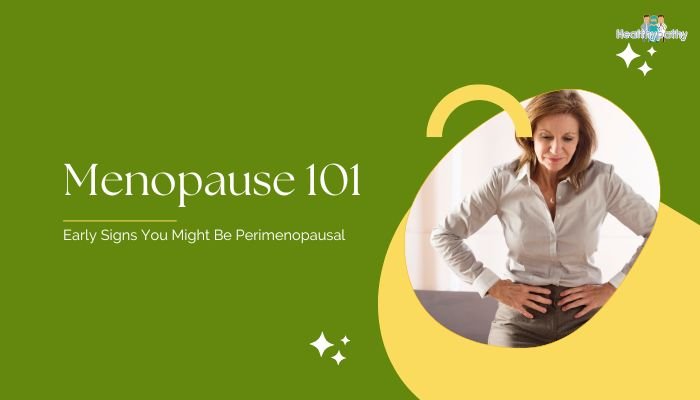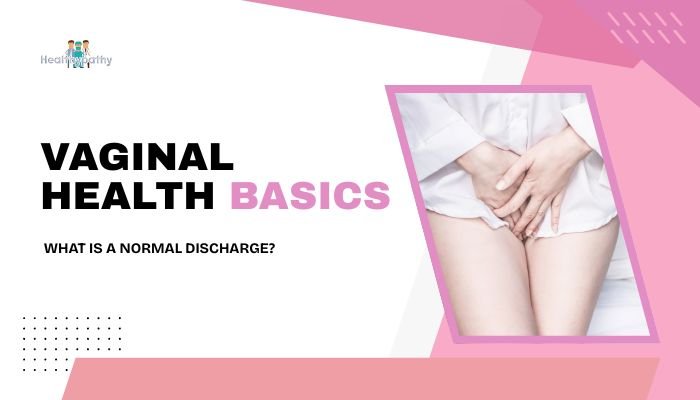Introduction
Menopause doesn’t usually happen overnight. Instead, most women experience a transitional phase called perimenopause—a period of fluctuating hormones that precedes menopause. During perimenopause, you might notice irregular cycles, hot flashes, or unexpected mood changes.
Recognizing these symptoms helps you prepare for the upcoming shift in your reproductive life. This guide covers key signs of perimenopause, approximate timing, and suggestions for easing symptoms as you navigate this normal life stage.
What Is Perimenopause?
Perimenopause typically begins several years before menopause proper (when you’ve gone 12 consecutive months without a period). During perimenopause:
- Estrogen Production Varies: Your ovaries produce inconsistent hormone levels, causing irregular surges or drops in estrogen and progesterone.
- Menstrual Cycle Changes: The length, flow, and regularity of your periods can shift noticeably.
- Timeline: Perimenopause can start in your 40s, but some women experience it in their late 30s. The phase often lasts 4–8 years before full menopause.
Early Signs You’re Entering Perimenopause
Irregular Periods
A hallmark is unpredictable cycles—for example, skipping a month, then having a shorter or heavier period. If you’ve typically had clockwork periods and they suddenly vary by days or even weeks, hormonal changes may be at play.
Hot Flashes and Night Sweats
You might experience sudden sensations of heat, especially in the upper body, followed by sweating or chills. Night sweats (occurring during sleep) can disrupt rest and lead to next-day fatigue.
Mood Shifts or Irritability
Hormone fluctuations can affect neurotransmitters responsible for mood regulation. Resulting symptoms include mood swings, anxiety, or mild depression. Note that external stressors also impact mood, so discuss any significant mental health changes with a provider.
Sleep Disturbances
Difficulty falling asleep or staying asleep might escalate, partly because of night sweats or general hormonal unrest. Poor sleep can exacerbate daytime fatigue and emotional ups and downs.
Vaginal Dryness or Discomfort
Lower estrogen levels can reduce lubrication, leading to vaginal dryness, discomfort during intercourse, or increased susceptibility to UTIs. This symptom often appears gradually, intensifying as hormone production continues to shift.
Changes in Libido
Some women report decreased sexual desire or find their previous arousal patterns altered. Others may experience the opposite effect, but decreased estrogen typically correlates with lower drive for many women.
Weight Gain or Difficulty Maintaining Weight
Shifting hormones can slow metabolism or alter body fat distribution (like increased abdominal fat). While diet and exercise remain key, hormonal changes do contribute to the ease of gaining or shedding pounds.
Confirming Perimenopause
Medical Evaluation
If you suspect perimenopause due to irregular cycles or vasomotor symptoms (hot flashes), consider consulting a healthcare provider. They might request:
- FSH (Follicle Stimulating Hormone) Blood Test: Elevated levels often indicate decreased ovarian function.
- Estradiol Levels: Helps gauge overall estrogen.
- Thyroid Panel: Rules out thyroid disorders, which can mimic perimenopausal symptoms.
Monitoring Symptoms
Keep track of your periods, hot flashes, and mood changes. A simple calendar or period-tracking app can highlight patterns. This data can be invaluable during medical appointments.
Managing Perimenopausal Symptoms
Lifestyle Approaches
- Exercise Regularly: Weight-bearing or resistance workouts can aid bone density and mood regulation. Cardio helps maintain healthy weight.
- Balanced Diet: Focus on fiber, lean proteins, calcium, and vitamins. Avoid excess caffeine or spicy foods if they trigger hot flashes.
- Stress Management: Techniques like yoga, meditation, or therapy can ease emotional turbulence.
Hormone Therapy (HT)
Some women opt for low-dose hormonal treatments (estrogen and/or progesterone) to stabilize hormone fluctuations. HT can alleviate hot flashes, night sweats, and other complaints. However, it might not be suitable for everyone (e.g., those with certain cancer risks or cardiovascular issues). Always discuss the risks and benefits with a knowledgeable provider.
Non-Hormonal Options
If you can’t or choose not to use hormones, alternatives include:
- Antidepressants (SSRIs, SNRIs): Low doses can reduce hot flashes and mood swings.
- Gabapentin: Occasionally used off-label to combat night sweats.
- Vaginal Moisturizers or Lubricants: Helps dryness without systemic hormone use.
Supplements
- Calcium, Vitamin D: For bone health.
- Phytoestrogens (Soy): Some women find mild symptom relief, though research results vary.
- Herbal Formulas: E.g., black cohosh or evening primrose oil; results differ, so consult a professional for safe usage.
Embracing a Healthy Transition
Emotional and Community Support
- Open Communication: Sharing experiences with partners, friends, or support groups fosters better understanding and relieves stress.
- Celebrate the Next Phase: Perimenopause can feel like an opportunity for self-reflection or personal growth, rather than just a time of “loss.”
Future Checkups and Monitoring
Even after transitioning into full menopause, continuing routine checkups is vital—especially for bone density and cardiovascular health. Early awareness of risk factors can help you adjust lifestyle or medication to maintain optimal health.
Conclusion
Perimenopause is your body’s natural gateway into menopause, often marked by irregular cycles, hot flashes, mood fluctuations, and other subtle or disruptive changes. Recognizing these early signs helps you adapt more quickly—be it through lifestyle modifications, targeted supplements, or hormonal support. No two journeys are the same, so working closely with a healthcare provider to tailor a management plan ensures you handle symptoms effectively. Ultimately, acknowledging and addressing perimenopause empowers you to navigate this life transition with resilience and preparedness.
References
- American College of Obstetricians and Gynecologists (ACOG). Managing menopausal symptoms. 2020.
- North American Menopause Society (NAMS). Perimenopause and early hormone transitions. 2021.
- https://www.womenshealth.gov
- Freeman EW, et al. Hormonal changes in the perimenopause and the implications for therapy. Menopause. 2018;25(3):324–331.







